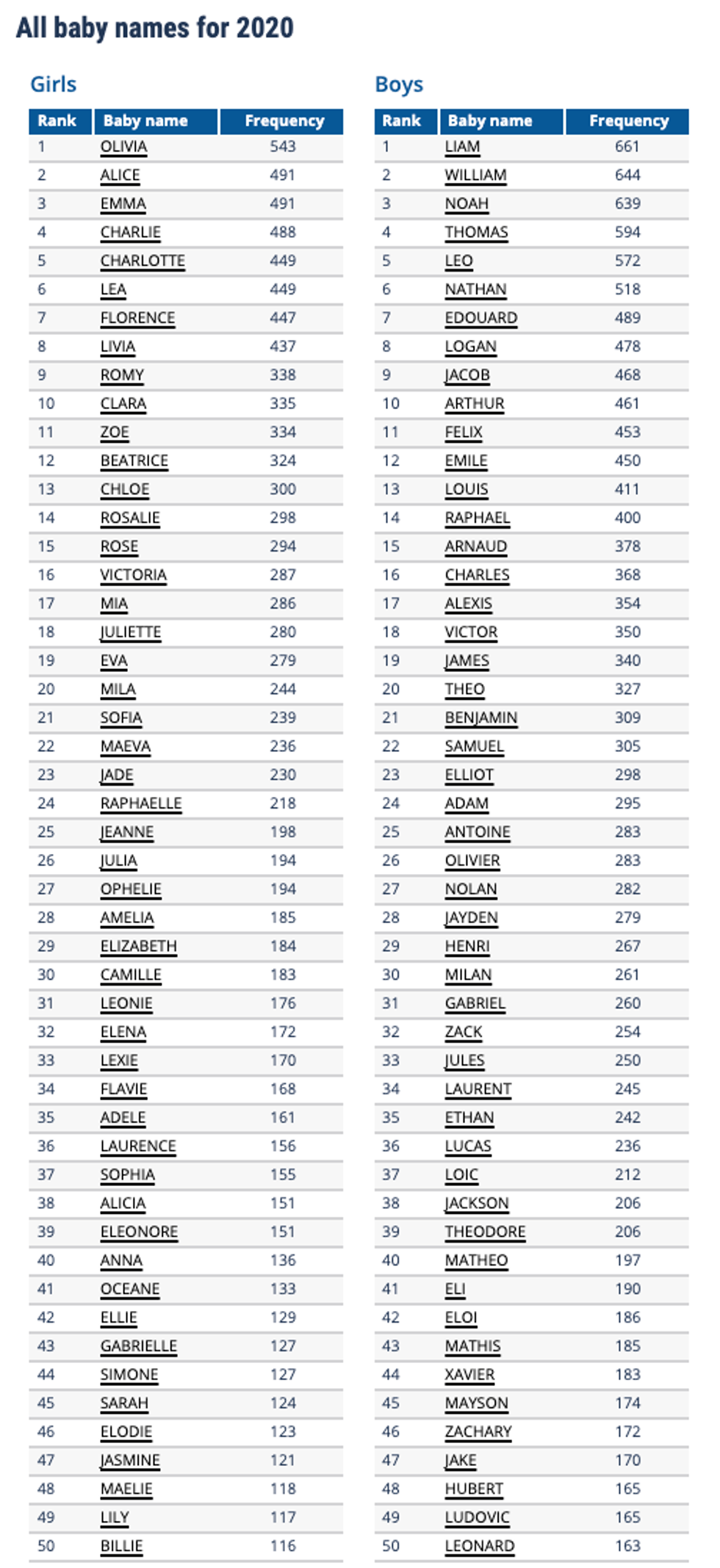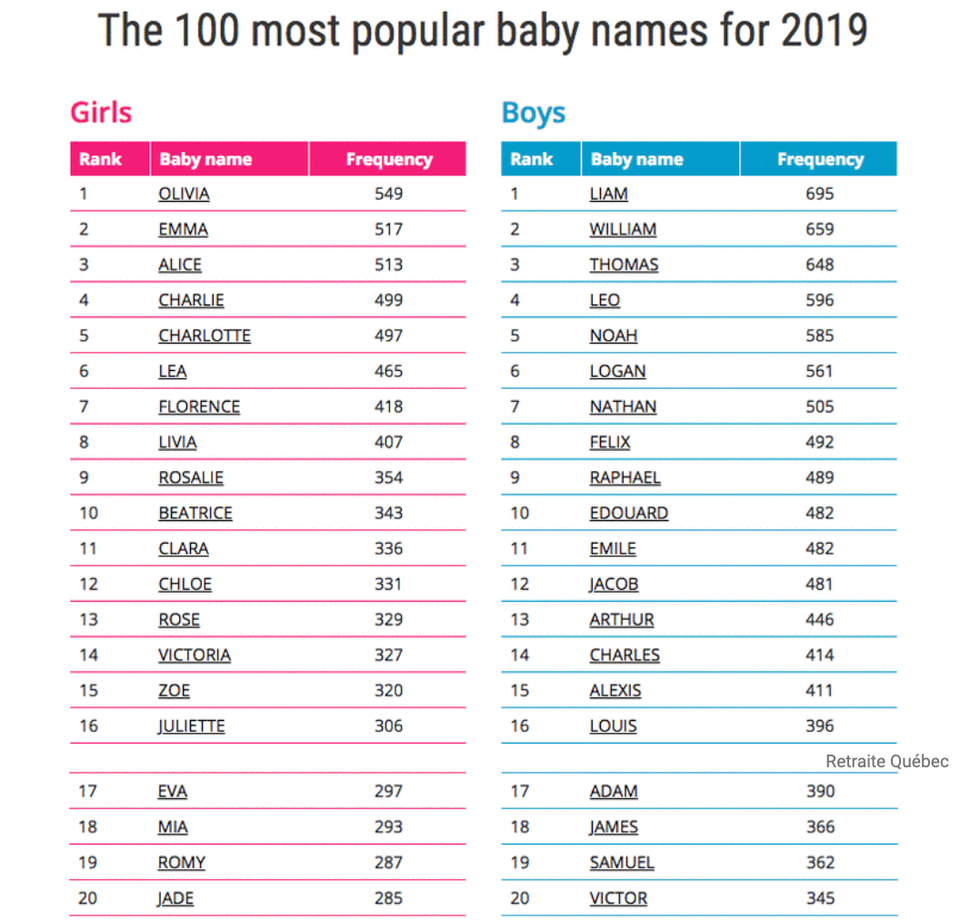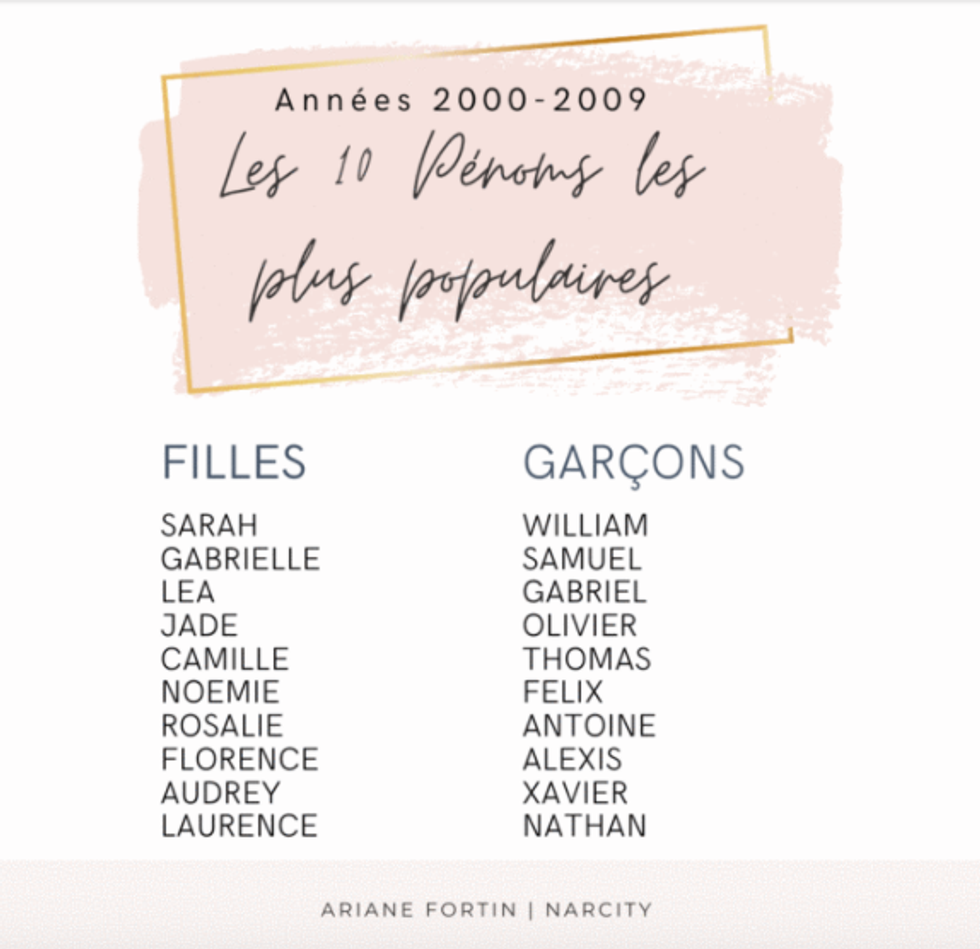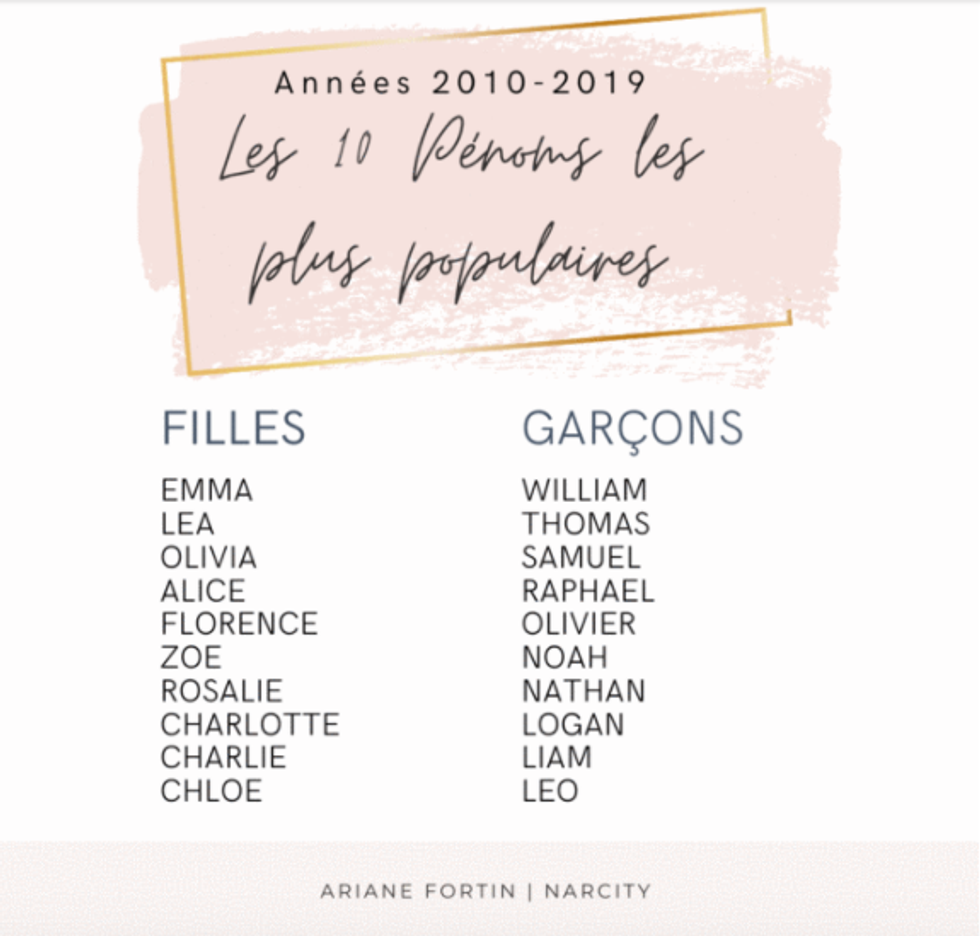Indigenous People Can Now Reclaim Their Traditional Names On Canadian Passports For Free
Indigenous people can now reclaim their traditional names on official travel and immigration documents such as Canadian passports.
In 2015, the Truth and Reconciliation Commission's Call to Action number 17 called on the government to "enable residential school Survivors and their families to reclaim names changed by the residential school system by waiving administrative costs for a period of five years." This action was finally adopted on June 14, 2021.
Editor's Choice: The Quebec-Ontario Border Is Officially Reopening This Week
The new policy will allow all Indigenous people, not only residential school survivors, to reclaim their traditional names on all "travel documents, citizenship certificates and permanent resident cards."
The service will be offered for free for the next five years.
"Traditional names are deeply connected to Indigenous languages and cultures, and an [individual's] identity and dignity," Minister of Immigration, Refugees and Citizenship Marco E. L. Mendicino said in a press release.
"This change means that Indigenous peoples can proudly reclaim their name, dismantling the legacy of colonialism and reflecting their true identity to the world."






